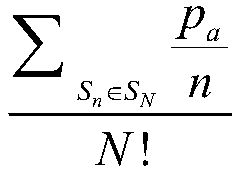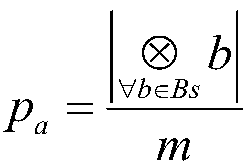Cooperative multi-channel and opportunistic routing method applied to wireless network
A wireless network, multi-channel technology, applied in the field of collaborative multi-channel and opportunistic routing, which can solve problems such as limited revenue
- Summary
- Abstract
- Description
- Claims
- Application Information
AI Technical Summary
Problems solved by technology
Method used
Image
Examples
Embodiment Construction
[0039] The present invention provides a method for cooperative multi-channel and opportunistic routing applied in a wireless network. The method simultaneously considers the transmission efficiency of the sender and the conflict of the receiver, and combines the characteristics of both multi-channel communication and opportunistic routing. At the same time, their advantages are preserved, and the effectiveness of low-power wireless network transmission is improved.
[0040] In order to understand the above-mentioned purpose, features and advantages of the present invention more clearly, the present invention will be further described in detail below in conjunction with the accompanying drawings and specific embodiments. It should be noted that, under the condition of not conflicting with each other, the embodiments of the present application and the features in the embodiments can be combined with each other.
[0041] In the following description, many specific details are set...
PUM
 Login to View More
Login to View More Abstract
Description
Claims
Application Information
 Login to View More
Login to View More - R&D
- Intellectual Property
- Life Sciences
- Materials
- Tech Scout
- Unparalleled Data Quality
- Higher Quality Content
- 60% Fewer Hallucinations
Browse by: Latest US Patents, China's latest patents, Technical Efficacy Thesaurus, Application Domain, Technology Topic, Popular Technical Reports.
© 2025 PatSnap. All rights reserved.Legal|Privacy policy|Modern Slavery Act Transparency Statement|Sitemap|About US| Contact US: help@patsnap.com



